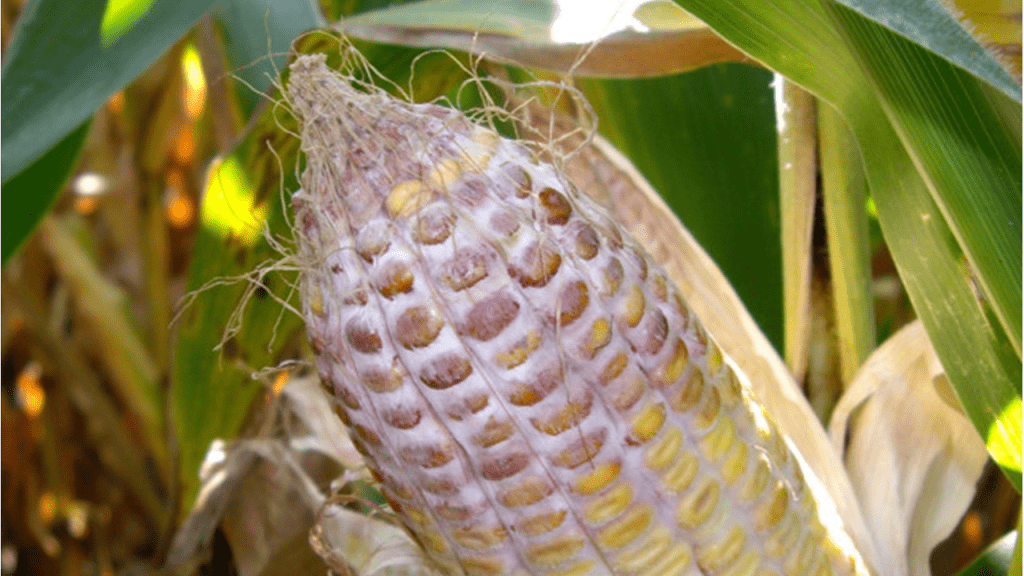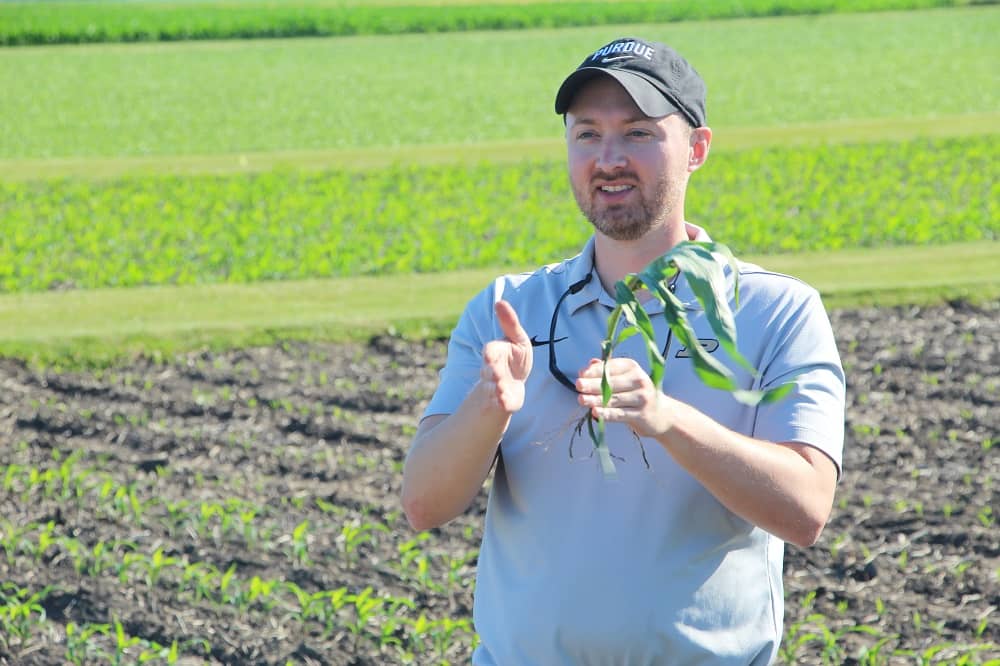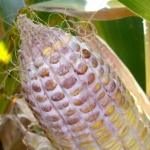
Now that harvest season is underway, one of Purdue University’s leading agronomists is telling corn producers to be mindful of vomitoxin, which could cause problems well after harvest.
“We found it. It’s out here. There are a lot of areas that I thought were dry and we probably wouldn’t see it, but it’s very low levels. I wouldn’t expect any dockages issues from what we found, but it’s there,” says Dr. Dan Quinn, Corn Specialist with Purdue Extension.
Vomitoxin, which is also known as Deoxynivalenol (DON), is a common mycotoxin in corn produced by Fusarium fungi that causes Gibberella ear rot. The toxin can cause health issues in animals and humans, including vomiting, anorexia, and reduced weight gain, and its heat stability means it can persist through food processing.
On the latest episode of the Purdue Crop Chat Podcast, he shares that vomitoxin is not easy to spot.
“The challenge with vomitoxin and mycotoxins in general is that they are really hard to see unless you get out and pull corn husks back all across the field,” says Quinn. “You can’t just drive through past the field or even walk a field in a lot of areas and see ear rots or not, like you could on a foliar disease.”

He says that vomitoxin can also have a negative impact on your corn long after harvest while it’s in storage.
“Another thing with vomitoxin is getting it dried and getting it below 14-percent moisture in the bin, and then storing it in a cool, dry place,” he says. “So, ear rots persist and get worse on the ears out in the field, but if you don’t store it properly and you don’t dry it correctly at all, It can get worse in the bin.”
As corn dries naturally in the fields, Quinn says that helps to lower the risk of vomitoxin.
“The bad years are when that corn is just not drying down. 2023 was probably the worst year, though we had outstanding grain yields, as well as outstanding grain fill during that year. But, there were areas in the northern part of the state that weren’t drying down. That’s typically where we point to where we have issues with the really bad years with ear rots. But, it doesn’t mean that it’s not out there and we can still have issues, but this recent hot and dry weather we’ve seen throughout August and September is helping it dry down and will help with that,” he says.
CLICK BELOW to learn more about the challenges facing Indiana’s corn and soybean producers this harvest season on the latest episode of the Purdue Crop Chat Podcast.









